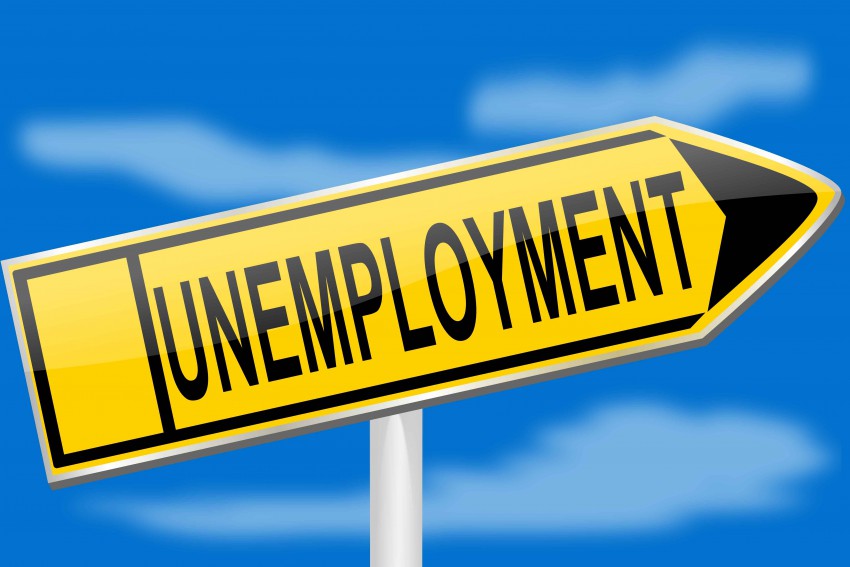Rising unemployment

Over the past year, the number of people unemployed has increased by just over 100,000; over the past two years, the number has increased by 166,500.
Over the past year, the number of people unemployed has increased by just over 100,000; over the past two years, the number has increased by 166,500. There are now 789,000 people unemployed, which is 6.4 percent of the workforce. This is the highest unemployment rate in more than a decade. Two years ago the unemployment rate was just 5.2 percent. With the economy sluggish, weighed down by the fall in the terms of trade and cautious consumer spending, it is likely that the number unemployed is likely to increase, at least in the near term. If the pace of economic growth remains below trend for the next 18 months, as the Reserve Bank of Australia Quarterly Statement on Monetary Policy forecast last month, the number of people unemployed in Australia will get very close to a million by 2016. The policy complacency that is surrounding this disconcerting outlook is astonishing. It is not making the news in any substantive way and on the odd occasion it gets coverage, it is downplayed as nothing too serious given the unfavourable dynamics currently impacting on the Australian economy. Just before the Global Financial Crisis in 2007 and 2008, the unemployment rate was around four to 4.5 per cent. It is difficult to think of a time in the past few decades where a 2.5 percentage point rise in the unemployment rate has been left to its own devises without a specific policy response. The RBA is not to blame for this, although it could easily decide to cut interest rates in the months ahead as it strives to boost economic activity and with that the rate of job creation. The unrelenting increases in house prices works against more interest rate cuts, which means the policy response to rising unemployment should be from the government. The Abbott Government has, to date, done nothing to arrest this deterioration. Indeed, it seems clear that the fiscal tightening in its budget is actually working to restrain the pace of economic growth while the cuts to the public service will, most plainly, add to unemployment. Treasurer Joe Hockey’s budget in May 2014 did not contain any policy measures designed to lower unemployment, either through boosting the pace of economic growth or reforming labour market conditions. The budget was forecasting the unemployment rate to peak at 6.25 per cent, a figure that has already been exceeded with the soggy growth performance of the economy. From a structural reform perspective, some of the Abbott Government policies will actually undermine the skill base of the population by lowering education funding and cutting demand for university prices through a sharp lift in the cost of doing a degree. While these are longer-run issues, they nonetheless are likely to be employment-restricting policies in a high-skill, high-income country like Australia. While there is no quick fix to the unemployment problem, policies aimed at getting the pace of GDP growth to an above-trend pace are vital. At the same time, giving the population the skills, training and education needed by employers as they look to expand their businesses is fundamental, albeit with a longer timeframe behind it. In terms of getting the economy to grow at an above-trend pace, as noted above, there is scope for the RBA to cut interest rates to support cash flows and lowering investment thresholds. The market is pricing in a risk of an interest rate cut before yearend. In terms of fiscal policy and the budget, if the economy remains soft for any extended period of time and the unemployment rate does in fact approach one million people, or a rate around 7.5 percent, some temporary stimulus would be prudent. This would mean increasing the budget deficit or postponing the timeframe over which the return to surplus is achieved. The previous government realised the power of fiscal policy when is made the correct call to abandon its quest for a budget surplus in late 2012. At that time, the disappointing growth rate that resulted from the fall in the terms of trade and the persistently over-valued Australian dollar meant that the unemployment rate was edging higher. The government could have stuck with its budget surplus objective, but this would have been at a huge cost to the economy. Instead, it allowed the budget to remain in deficit, which helped economic growth and it held the unemployment rate around 5.5 to 5.75 percent. A similar approach to fiscal stimulus may be required from the Abbott Government if the unemployment rate continues to rise towards seven percent and one million unemployed. This would represent a huge political backflip as the Coalition has set itself an objective to get the budget back to surplus and to eliminate debt. It might be a case of accepting this backflip or condemning a million people to the ignominy of unemployment for a long period of time. Stephen Koukoulas is the Managing Director of Market Economics thekouk.com.au